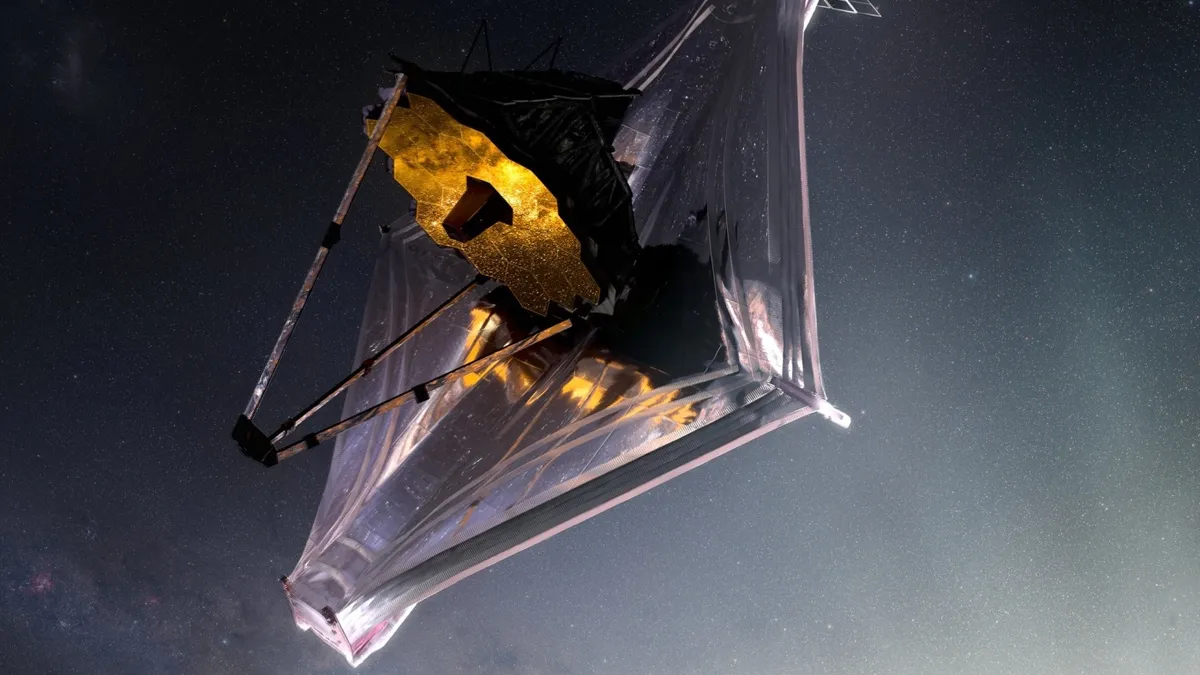
A recent claim regarding the detection of life-associated gases in the atmosphere of the distant exoplanet K2-18b has stirred significant excitement in the astronomical community. This announcement, heralded by a University of Cambridge press release, was touted as the strongest evidence yet suggesting that life may exist beyond our solar system. However, skepticism has emerged, prompting further examination of the data.
Jake Taylor, a researcher at the University of Oxford, conducted a reanalysis of the starlight filtering through K2-18b's atmosphere using the James Webb Space Telescope. Taylor employed a straightforward method to search for the characteristic signals of gas molecules, refraining from making assumptions about which specific gases to look for. "I wanted to not 'assume' what molecules would be in the atmosphere," Taylor explained in an email to NPR.
Upon analyzing the transmission spectrum used in the original study, Taylor concluded that the data contained too much noise to support definitive claims about the presence of life. "Rather than seeing a bump or a wiggle that indicated a signal, the data is consistent with a flat line," he stated, emphasizing the need for additional observations to ascertain reliable information about K2-18b's atmosphere. "If we want to claim biosignatures, we need to be extremely sure," he added.
Laura Kreidberg, an expert in the atmospheres of distant planets at the Max Planck Institute for Astronomy, echoed Taylor's concerns. She pointed out that the strength of the evidence heavily relies on the detailed methods used to interpret the data. "Astronomers can make a lot of different choices when analyzing data," Kreidberg noted, underscoring the importance of model-independent results. "Ideally, for a robust detection, we want the signal to show up even if the underlying assumptions change from one analysis to another." Unfortunately, this was not the case in the original findings.
Despite the independent analysis, the original researchers remain confident in their findings. Måns Holmberg, a researcher from the Space Telescope Science Institute, stated that their analysis utilized a realistic atmospheric model that yields higher significance. He remarked that the outcome of Taylor's simpler model was not unexpected. Nikku Madhusudhan from the University of Cambridge added that he was not concerned by the new analysis, suggesting that "there is nothing in this paper that worries me or seems relevant to the discussion about our result." He expressed surprise at the low threshold for rebuttal.
Taylor, however, believes his reanalysis holds significant relevance. He indicated that his methodology has been widely used in previous studies involving JWST observations and has successfully detected water and carbon dioxide in other exoplanet atmospheres. "This test has been done in many publications and has become a common 'first look' analysis," he stated, highlighting the robustness of his approach.
This initial reanalysis is just the beginning of an ongoing discussion among astronomers regarding K2-18b. The complete dataset from the observations will be released on April 26th, allowing more researchers to examine the data. Kevin Stevenson from the Johns Hopkins University Applied Physics Laboratory noted that the overwhelming consensus among his colleagues is that the excitement surrounding the biosignature claims greatly exceeded the actual strength of the evidence.
As the astronomical community continues to scrutinize the findings related to K2-18b, the quest for definitive proof of life beyond our solar system persists. With further analysis and observations, scientists hope to uncover more about this intriguing exoplanet and the potential for life beyond Earth.